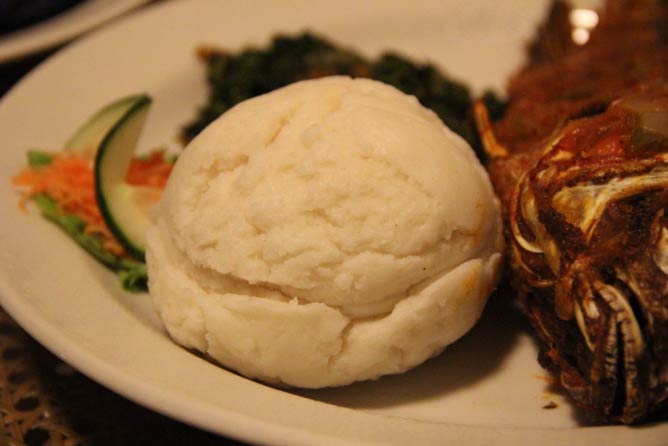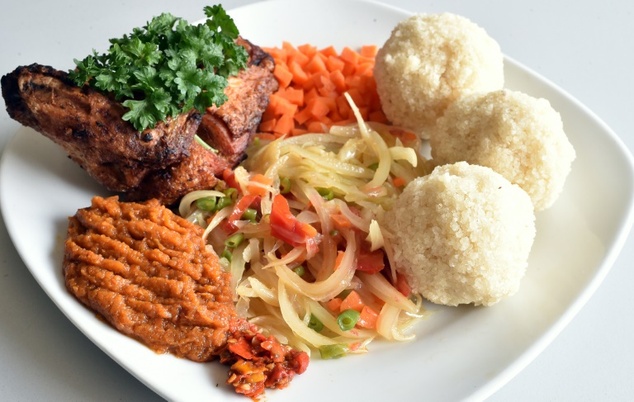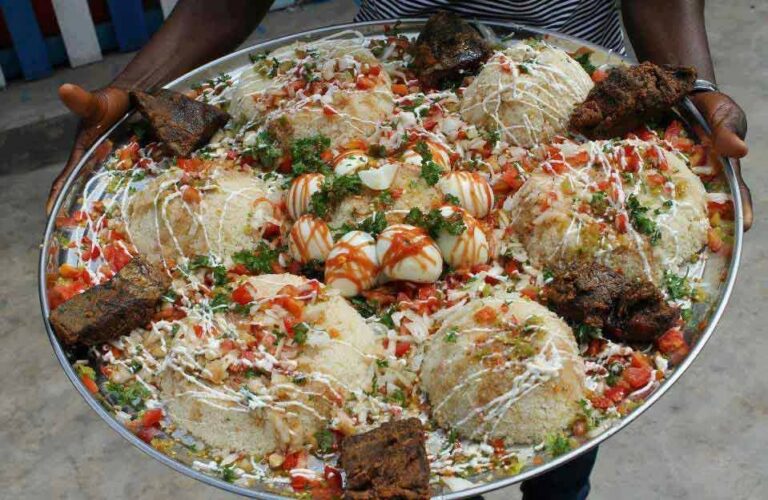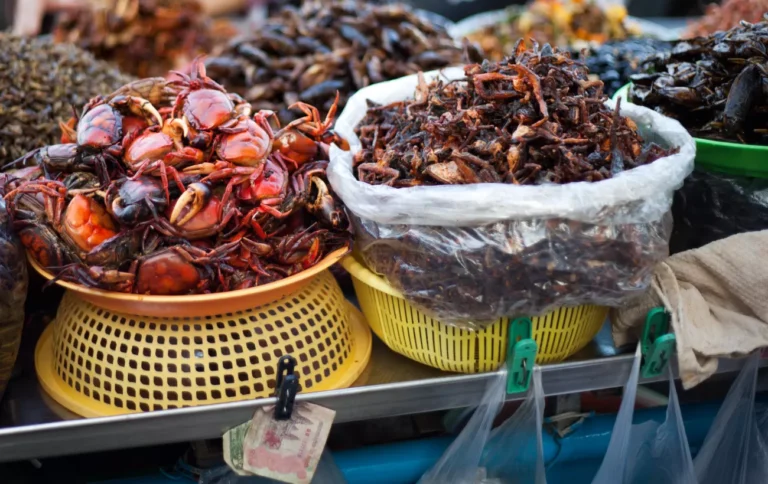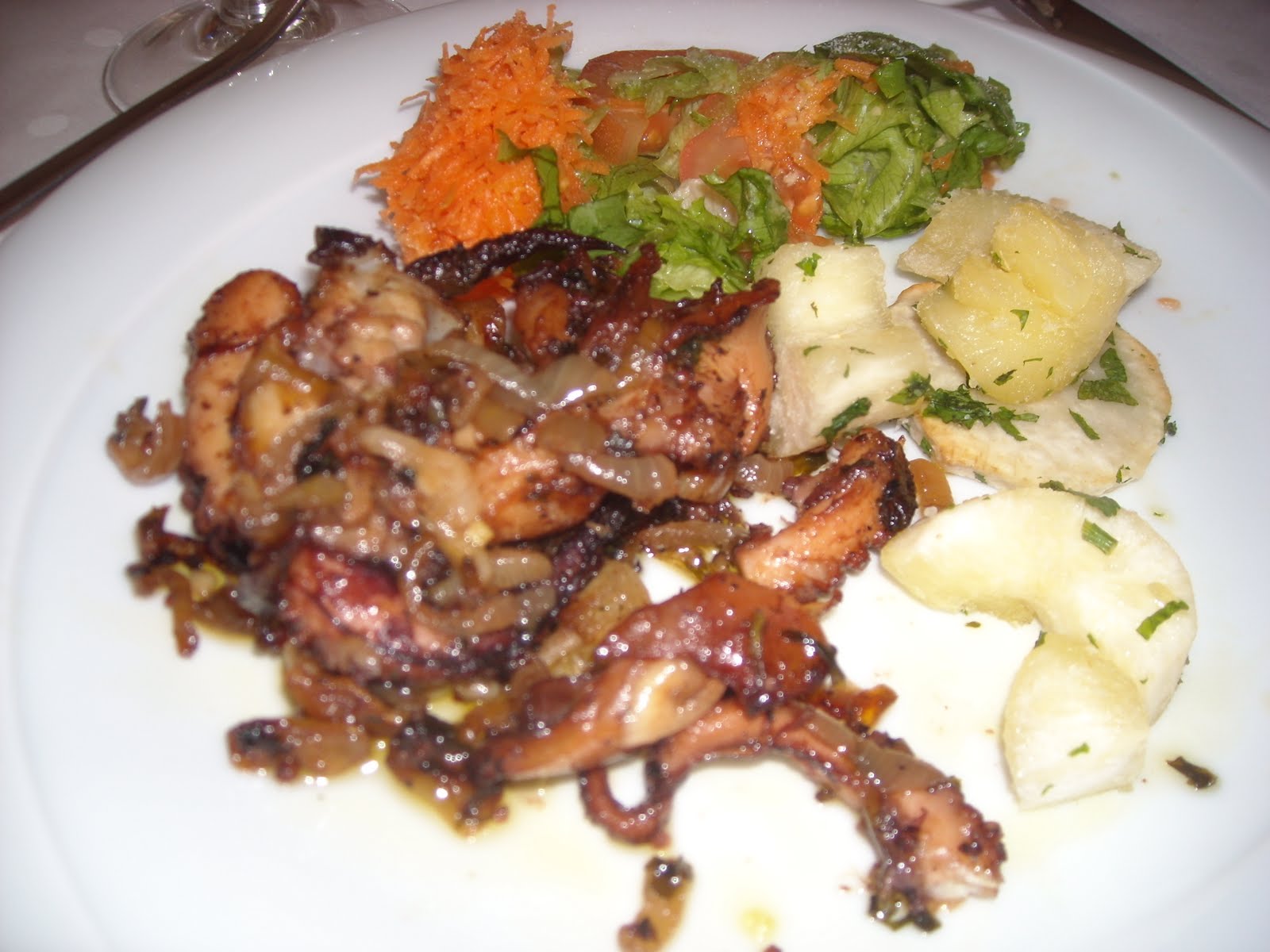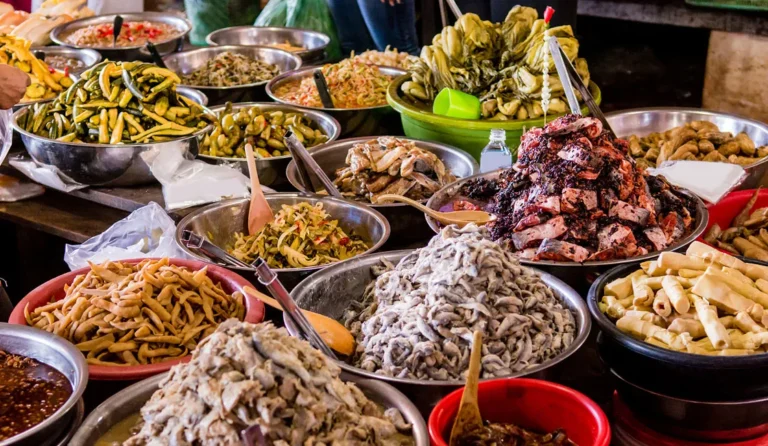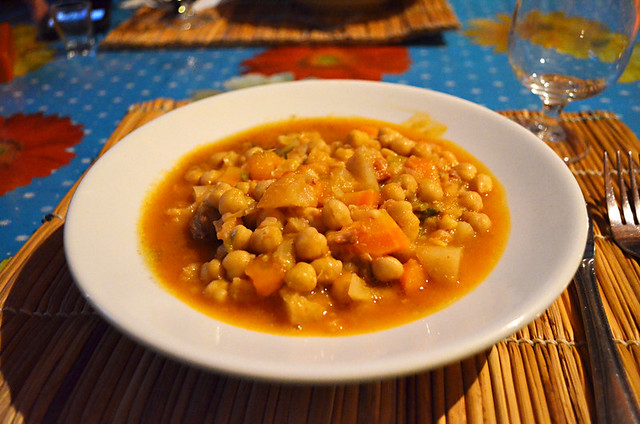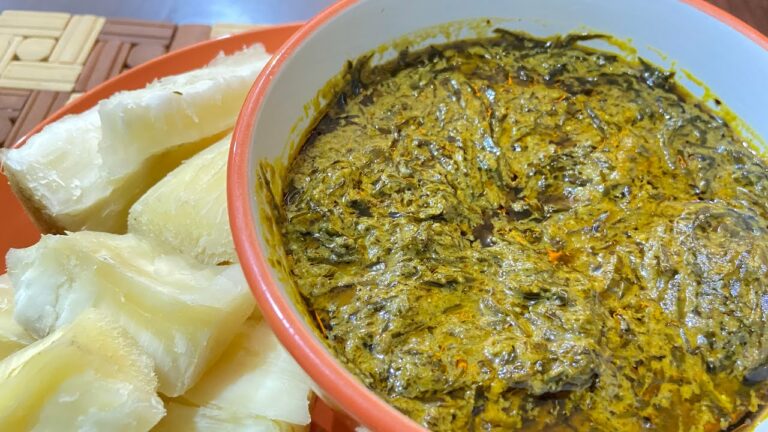Introduction: Exploring Burundi’s Culinary Scene
Burundi, a small landlocked country in East Africa, may not be the first destination that comes to mind for foodies. However, Burundi’s cuisine is a unique blend of African, Arab, and French influences, which makes it worth exploring for anyone interested in culinary experiences. Burundi’s food festivals and events offer a perfect opportunity to taste the country’s traditional dishes and learn more about its culinary culture.
Traditional Burundian Dishes: A Brief Overview
Burundi’s cuisine is centered around plantains, cassava, beans, and meat, with a few spices and herbs added for flavor. One of the most popular dishes is the “umutoke,” which is a plantain-based dish served with a choice of meat or fish. Another popular dish is “sambaza,” which is a small fish that is marinated and grilled over charcoal. Other traditional dishes include “isombe” (cassava leaves cooked with peanut sauce), “umutsima” (maize and beans mixed together), and “inyama n’ibishyimbo” (meat and vegetables).
Food Festivals and Events in Burundi: An Overview
Burundi hosts several food festivals and events throughout the year, celebrating its unique cuisine and culinary culture. Some of the popular food festivals and events include the Kiganda Food Festival, the Fête du Poisson, the Burundi Coffee Festival, and the Ngozi Cultural Festival.
Kiganda Food Festival: Celebrating Burundian Cuisine
The Kiganda Food Festival is a popular food festival that takes place annually in the capital city of Bujumbura. The festival celebrates Burundian cuisine, with local chefs showcasing their culinary skills and offering a variety of traditional dishes for visitors to sample. The festival also features live music, traditional dance performances, and other cultural activities.
Fête du Poisson: A Seafood Extravaganza
The Fête du Poisson, or the Fish Festival, is a seafood extravaganza that takes place every year in the lakeside town of Rumonge. The festival celebrates the abundance of fish in Lake Tanganyika, which is one of the largest freshwater lakes in the world. Local fishermen bring their catch to the festival, and visitors can sample a variety of fresh fish dishes, including grilled sambaza, smoked catfish, and fish stew.
Burundi Coffee Festival: Celebrating the Nation’s Coffee Culture
Burundi is known for producing high-quality coffee beans, and the Burundi Coffee Festival celebrates the country’s coffee culture. The festival takes place in the northern city of Ngozi and features coffee tastings, coffee brewing workshops, and other coffee-related activities. Visitors can also explore coffee plantations and learn about the coffee production process.
Ngozi Cultural Festival: A Celebration of Food and Culture
The Ngozi Cultural Festival is a celebration of Burundi’s rich cultural heritage, including its food culture. The festival takes place in the city of Ngozi and features traditional dances, music performances, and food stalls offering a variety of Burundian dishes. Visitors can sample traditional dishes, including umutoke, sambaza, and isombe, while learning about Burundi’s cultural traditions.
Conclusion: Why Burundi’s Food Festivals are Worth Exploring
Burundi’s food festivals and events offer a unique opportunity to explore the country’s culinary culture and taste its traditional dishes. From the Kiganda Food Festival to the Ngozi Cultural Festival, there is something for everyone to enjoy. These festivals also celebrate Burundi’s cultural heritage and offer a chance to learn more about the country’s history. If you’re planning a trip to Burundi, be sure to include a visit to one of these food festivals on your itinerary.

